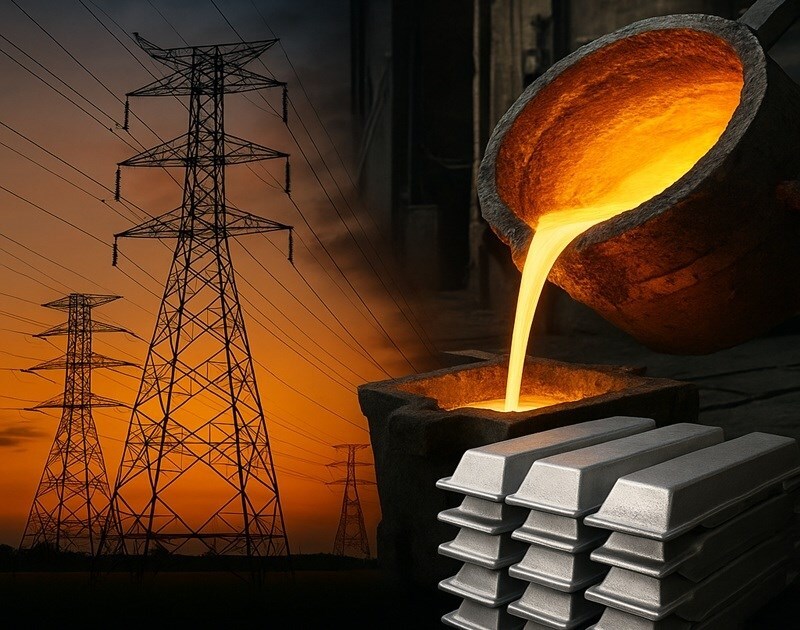

At the Aluminum Association’s annual meeting in Washington this September, the topic that dominated was not tariffs, not trade, but energy. As the US government doubles down on its Made in America agenda, aiming to restore domestic aluminium production, executives warned that the dream of a primary aluminium revival may ultimately hinge on one factor alone: affordable electricity.

Aluminium has always been an energy story disguised as a metal story. It takes immense electricity to turn alumina into molten aluminium — roughly 11 terawatt-hours (TWh) per smelter every year, enough to power a city like Boston or Nashville.
“When you think about the energy intensity that is required for an aluminium smelter, you’re talking about basically powering a city,” Kelly Thomas, Aluminum Association vice chairperson, said at a press roundtable on September 18.
Electricity makes up nearly 40 per cent of total production costs, and 80 per cent of the industry’s emissions stem directly from power use. A financially viable smelter needs long-term energy contracts at around USD 40 per megawatt-hour (MWh), yet current US industrial rates are far higher — USD 65 to USD 82 per MWh in many states. By comparison, hydro-rich Canada offers smelters rates between USD 26 and USD 41 per MWh, fuelling its dominance as the US’s main aluminium supplier.
Responses








